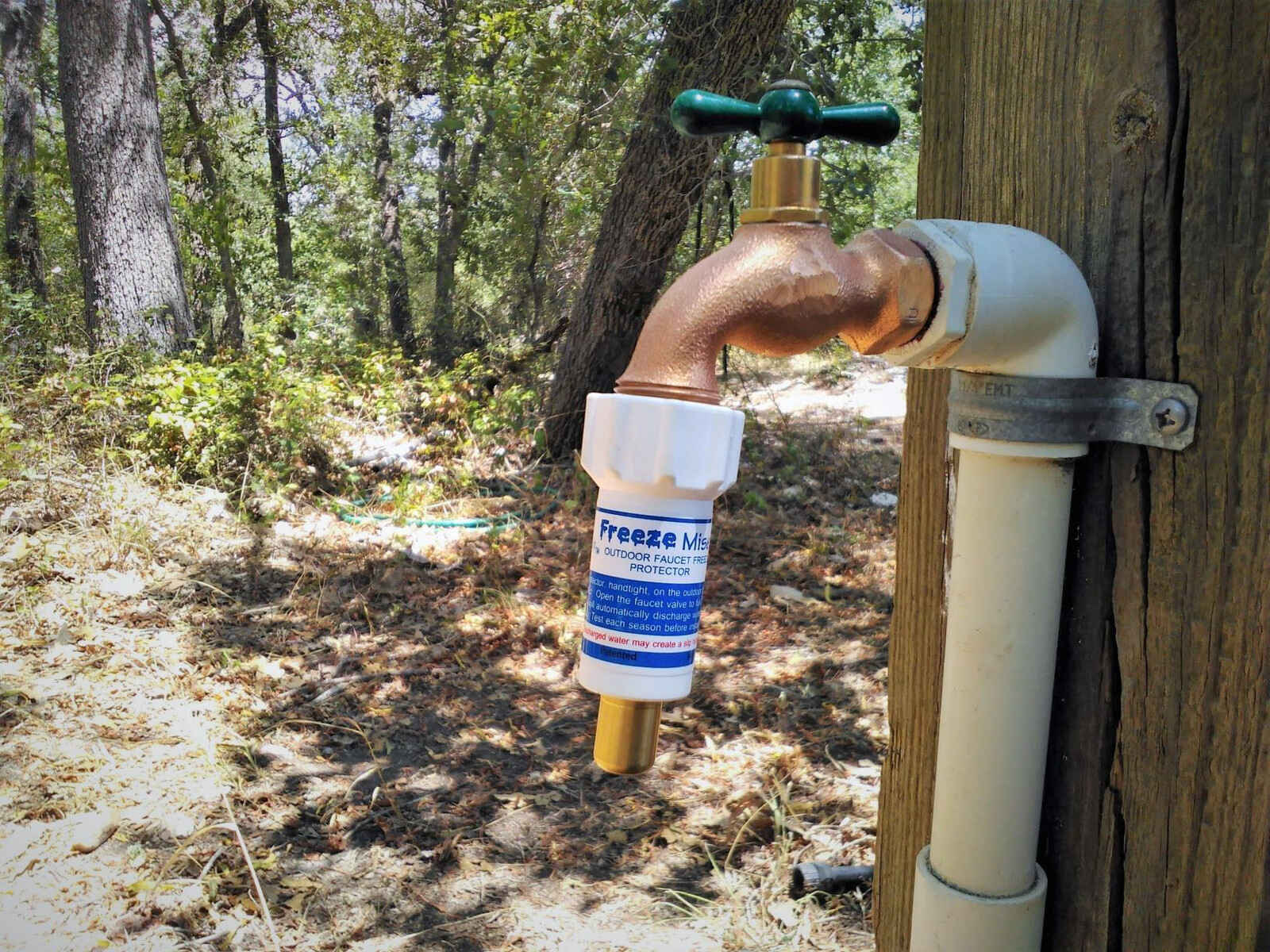

Articles
How To Protect Outside Faucet From Freezing
Modified: March 1, 2024
Learn how to protect your outside faucet from freezing with these helpful articles. Prevent costly repairs and ensure your faucet lasts through the winter.
(Many of the links in this article redirect to a specific reviewed product. Your purchase of these products through affiliate links helps to generate commission for Storables.com, at no extra cost. Learn more)
Introduction
Winter is a season of cozy nights, hot cocoa, and beautiful snowfalls. However, it is also a time when the cold temperatures can wreak havoc on our homes, especially on the vulnerable parts such as outdoor faucets. Frozen faucets can lead to burst pipes and costly repairs. It’s essential to take preventive measures to protect your outside faucets from freezing during the winter months.
Understanding how freezing temperatures affect your outdoor faucets and knowing the steps to safeguard them is crucial for homeowners. By following a few simple guidelines, you can ensure that your faucets remain intact and functional, even during the harshest winter conditions.
In this article, we will discuss the risks of frozen faucets, the tools and materials needed for protection, and provide you with a step-by-step guide on how to safeguard your outdoor faucets. We’ll also share some additional tips to further prevent freezing and help you avoid potential damage to your plumbing system.
Key Takeaways:
- Protecting your outside faucets from freezing is crucial to prevent costly damage. Follow a simple step-by-step guide and additional tips to ensure your plumbing system remains intact during the winter months.
- By understanding the risks of frozen faucets and taking proactive measures, you can minimize the risk of burst pipes. Implement insulation, cover your faucets, and follow extra tips for added protection.
Understanding the Risk of Freezing Faucets
Before we dive into the methods of protecting your outside faucets from freezing, it’s important to understand why they are at risk in the first place. As the temperature drops, water inside the pipes can freeze, causing them to expand and potentially burst. The vulnerability of outdoor faucets lies in their exposure to the elements, making them highly susceptible to freezing.
When water freezes in the pipes, the expansion can create immense pressure, leading to cracks or bursts in the plumbing system. This can result in extensive water damage to your property and the need for costly repairs. It’s worth mentioning that even a tiny crack can cause a substantial amount of water leakage, so it’s essential to take preventive measures to avoid this nightmare scenario.
Furthermore, homeowners who live in regions with colder climates or experience prolonged periods of freezing temperatures are at a higher risk. Additionally, factors such as poor insulation, improper installation, and neglecting maintenance can further increase the chances of frozen faucets.
By understanding the risks associated with freezing faucets, you can better appreciate the importance of taking proactive steps to protect them. Fortunately, there are several simple yet effective measures you can take to safeguard your outdoor faucets from the freezing temperatures of winter.
Tools and Materials Needed
To protect your outside faucets from freezing, you will need a few basic tools and materials. Thankfully, these items are readily available and affordable, making it convenient for any homeowner to implement the necessary precautions. Here’s a list of what you’ll need:
- Insulated faucet covers: These covers are designed to fit over your outdoor faucets and provide extra insulation to prevent freezing. They are typically made of foam or other insulating materials and help retain heat around the faucet.
- Pipe insulation: This foam tubing is used to insulate the exposed pipes that lead to your outdoor faucets. It acts as a barrier against the cold temperatures and helps keep the water inside from freezing.
- Tape measure: This will come in handy when measuring the length of pipe insulation needed for your outdoor pipes.
- Utility knife: You’ll need a utility knife to cut the pipe insulation to the appropriate length and make any necessary adjustments.
- Duct tape: Duct tape is useful for securing the pipe insulation in place and ensuring a snug fit.
- Plastic bags or garbage bags: These can be used to cover the faucet, especially if you don’t have an insulated faucet cover available.
- Rubber bands or zip ties: These can be used to secure the plastic bags in place over the faucet.
- WD-40 or other lubricants: These lubricants can help prevent ice accumulation and make it easier to remove any ice that forms on the faucet.
Once you have gathered all the necessary tools and materials, you will be ready to proceed with protecting your outdoor faucets from freezing. The steps involved are relatively simple and can go a long way in preventing costly damage to your plumbing system.
Disconnect and drain your outside faucet before the first freeze. Install a faucet cover for added protection. This will prevent freezing and potential damage to the faucet and pipes.
Step-by-Step Guide to Protecting Your Outside Faucet
Now that you have the necessary tools and materials, let’s walk through the step-by-step process of protecting your outside faucet from freezing:
- Turn off the water supply: Begin by locating the shut-off valve for your outdoor faucet. This is typically located inside your home, along the same line that feeds water to the outside faucet. Turn off the water supply to the faucet to prevent any water flow during the winter months.
- Drain the water: Once the water supply is turned off, go outside and open the faucet to allow any remaining water to drain out. This ensures that there is no water left in the pipes that can freeze and cause damage.
- Wrap the pipe insulation: Measure the length of the exposed pipe leading to the faucet and cut the pipe insulation accordingly. Wrap the insulation around the pipe, making sure it covers the entire exposed area. Secure it in place using duct tape.
- Insulate the faucet: If you have an insulated faucet cover, place it over the faucet and ensure a snug fit. If you don’t have a cover, you can use a plastic bag or garbage bag to cover the faucet. Secure the bag in place using rubber bands or zip ties.
- Apply lubricant: Spray some WD-40 or other lubricant on the faucet, especially around the opening and handle. This helps prevent ice accumulation and makes it easier to remove any ice that does form.
Following these steps will provide a layer of insulation and protection for your outside faucet. However, it’s important to periodically check on the faucet throughout the winter to ensure that the insulation is intact and the faucets remain free of ice.
By taking the time to properly protect your outside faucet, you can prevent freezing and minimize the risk of burst pipes. This proactive approach will save you from potential headaches and costly repairs down the line.
Additional Tips for Preventing Freezing
While properly insulating your outside faucet is a significant preventive measure, there are a few additional tips you can follow to further minimize the risk of freezing. Consider implementing the following suggestions:
- Disconnect hoses and drain them: Before the onset of winter, disconnect any hoses connected to your outdoor faucet. Drain them completely and store them in a dry place. Hoses that are left connected can cause water to back up into the faucet and freeze, leading to potential damage.
- Keep the faucet covered: In addition to using insulated faucet covers or plastic bags, you can also wrap the faucet with a towel or burlap sack for added protection. This will provide an extra layer of insulation and help shield the faucet from harsh weather conditions.
- Allow warm air to circulate: If possible, leave the cabinet doors beneath sinks open to allow warm air from inside your home to circulate around the pipes. This can help prevent freezing in areas where pipes are more prone to exposure.
- Use heat tape: For particularly vulnerable areas or pipes that are prone to freezing, consider using heat tape. This electrical tape is designed to provide gentle heat and can be wrapped around the pipe to prevent freezing. Make sure to follow the manufacturer’s instructions and use heat tape specifically designed for pipe protection.
- Monitor the thermostat: It’s important to maintain a consistent temperature in your home, especially during extremely cold weather. Keep your thermostat set to a temperature that will prevent freezing throughout the winter season.
- Consider a frost-free faucet: If your budget allows, you may want to consider installing a frost-free outdoor faucet. These faucets are designed with a sloping valve that allows water to drain out, minimizing the risk of freezing. However, it’s still essential to take precautionary measures as freezing can still occur in extreme conditions.
By implementing these additional tips, you can further enhance the protection of your outside faucet from freezing. Remember, prevention is key, and taking a proactive approach will save you time, money, and the headaches of dealing with burst pipes and water damage.
Read more: How To Protect New Grass From Freeze
Conclusion
Protecting your outside faucets from freezing is an essential task for homeowners, especially during the winter months. By understanding the risks associated with freezing faucets and taking proactive measures, you can minimize the risk of costly damage to your plumbing system.
In this article, we discussed the importance of safeguarding your outside faucets from freezing and provided you with a step-by-step guide to ensure their protection. By turning off the water supply, draining any remaining water, insulating the pipes, and covering the faucet, you can significantly reduce the risk of freezing and potential burst pipes.
Additionally, we offered some extra tips to further prevent freezing, such as disconnecting hoses, allowing warm air to circulate, using heat tape, and considering frost-free faucets. These additional precautions can add an extra layer of protection and peace of mind during the winter season.
Remember to periodically check your outside faucets throughout the winter to ensure that the insulation is intact and the faucets remain free of ice. This proactive approach will help you catch any issues early on and prevent potential damage.
Taking the time to protect your outside faucets from freezing is well worth the effort. By implementing these simple yet effective measures, you can enjoy a worry-free winter knowing that your plumbing system is safe and secure. Stay warm and keep your outside faucets protected to avoid any unwelcome surprises when the temperatures drop.
Frequently Asked Questions about How To Protect Outside Faucet From Freezing
Was this page helpful?
At Storables.com, we guarantee accurate and reliable information. Our content, validated by Expert Board Contributors, is crafted following stringent Editorial Policies. We're committed to providing you with well-researched, expert-backed insights for all your informational needs.
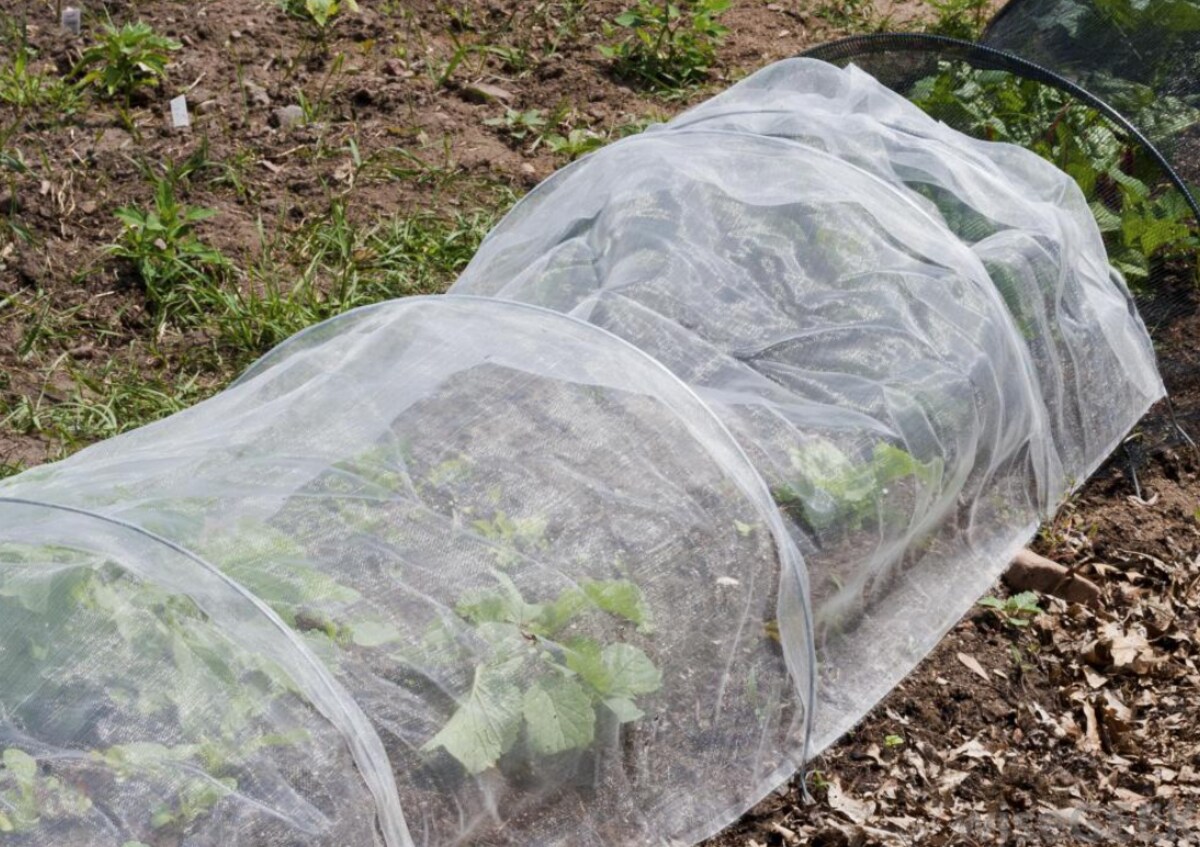
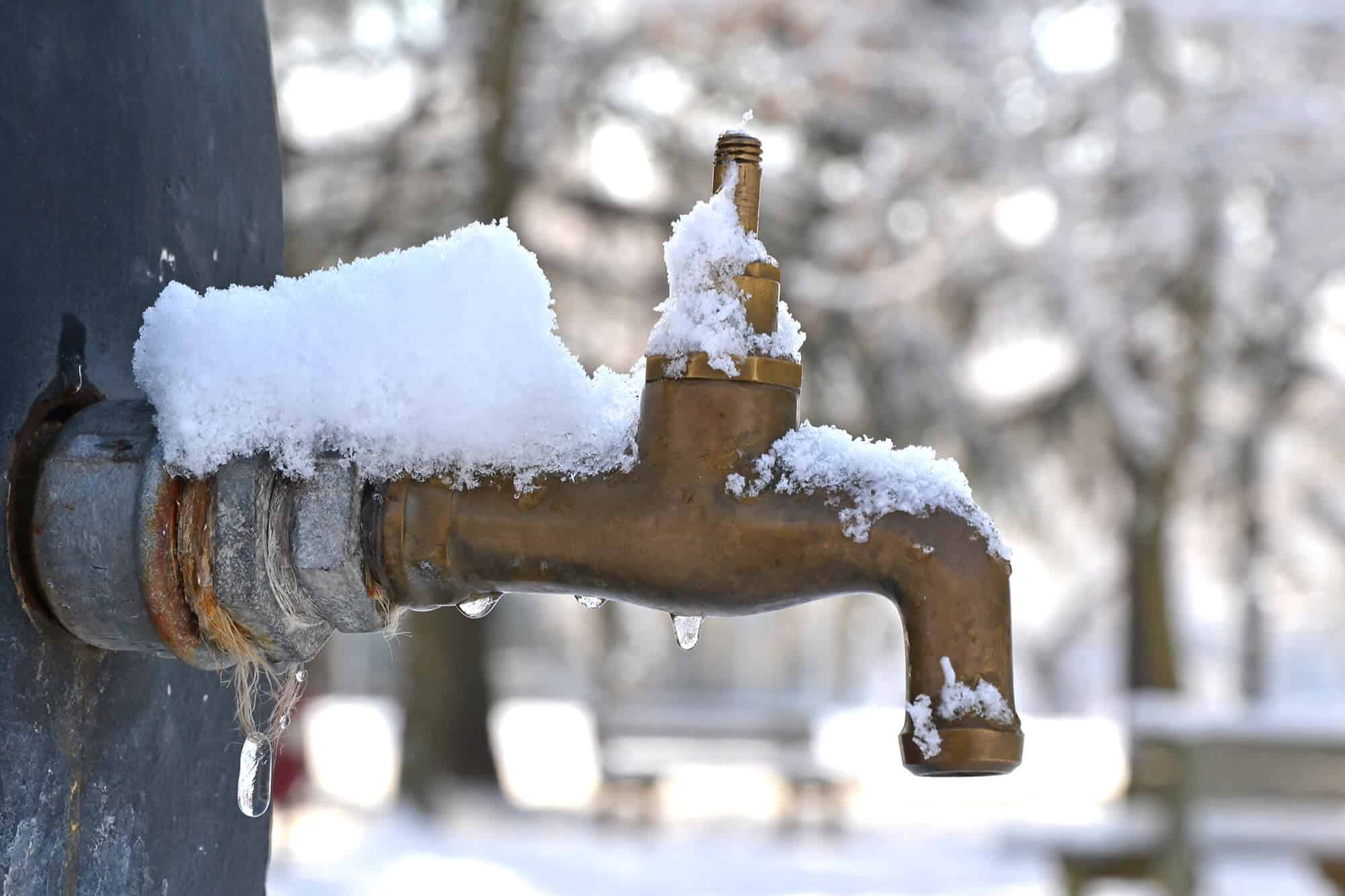
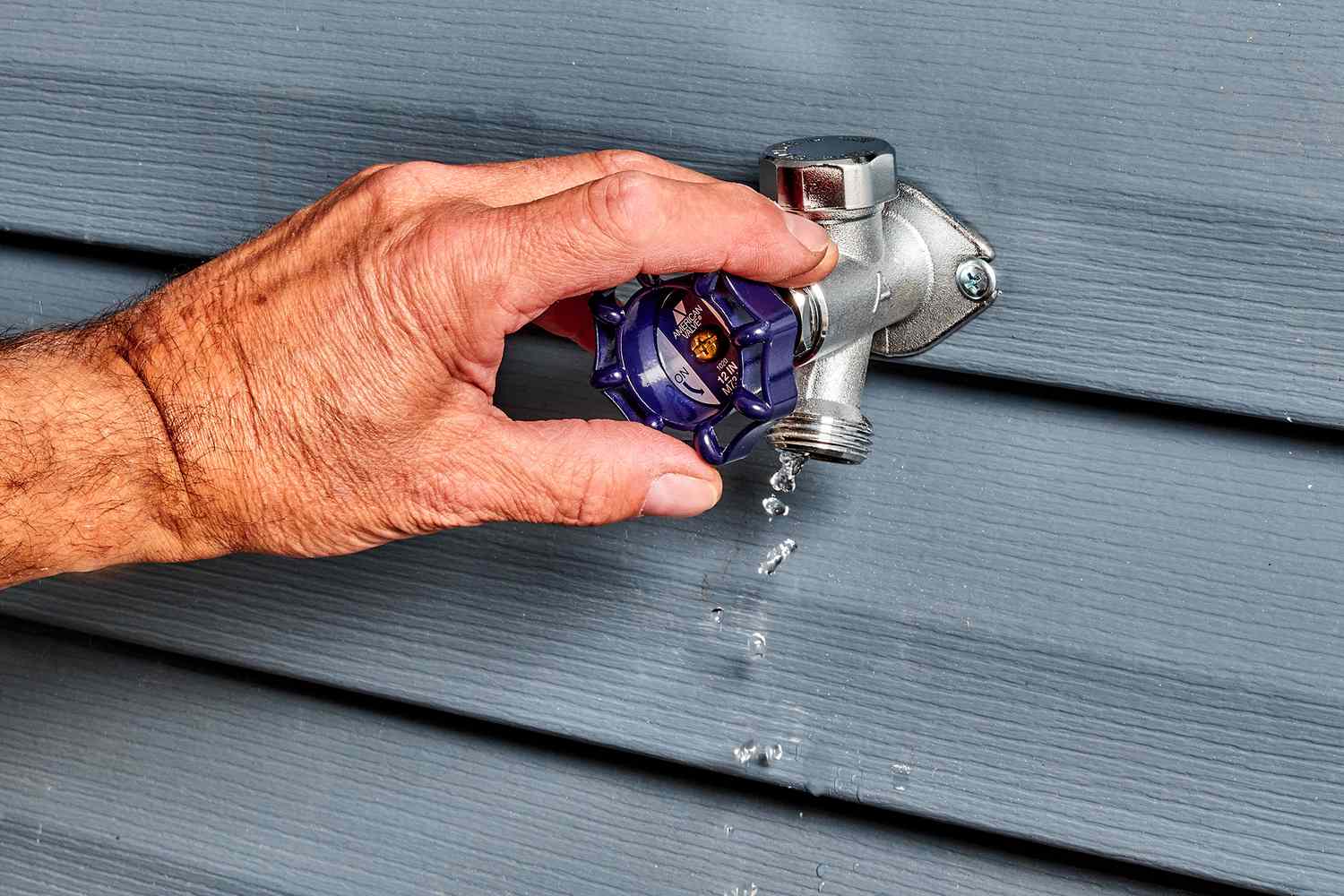
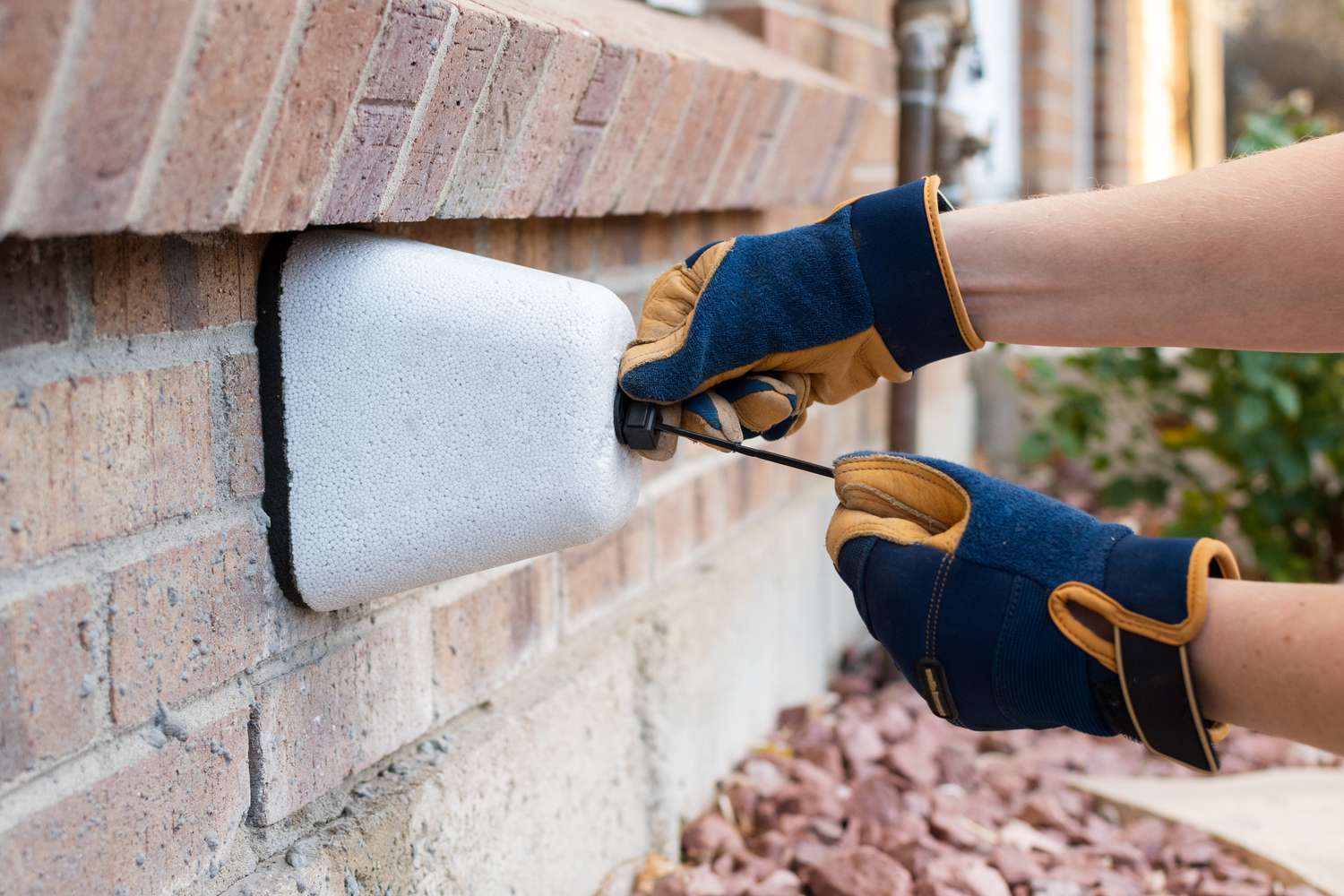
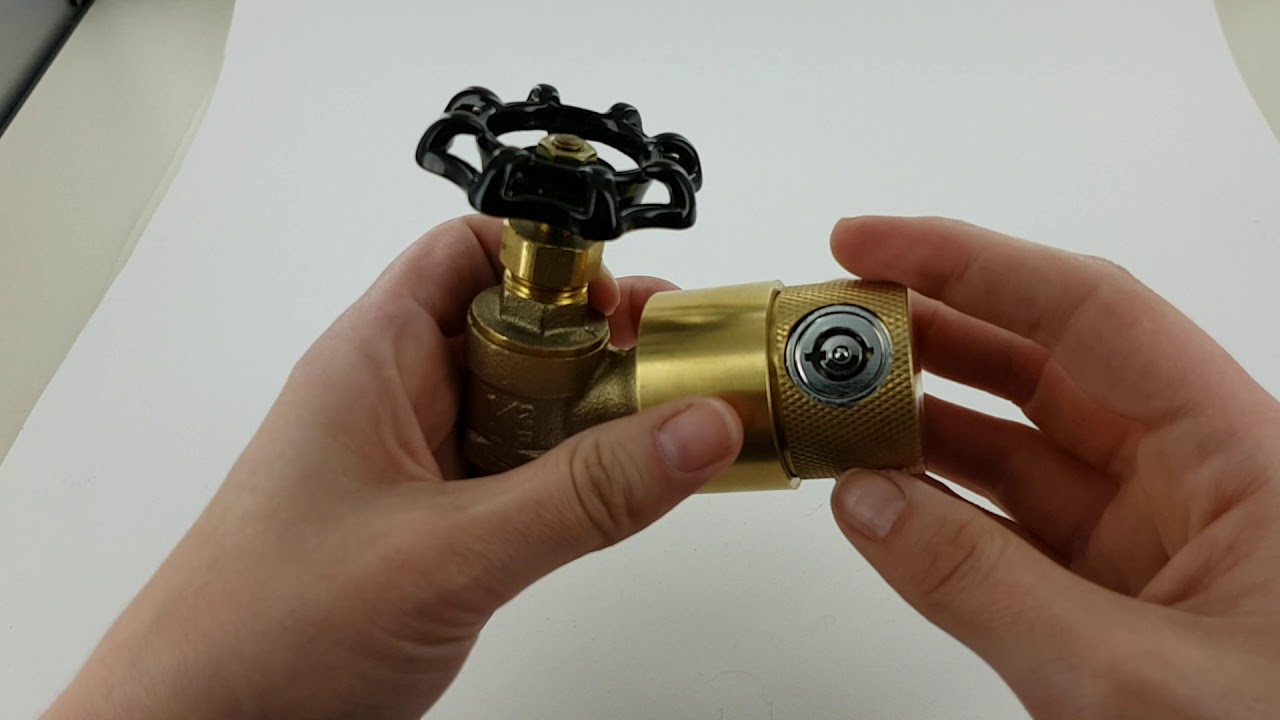
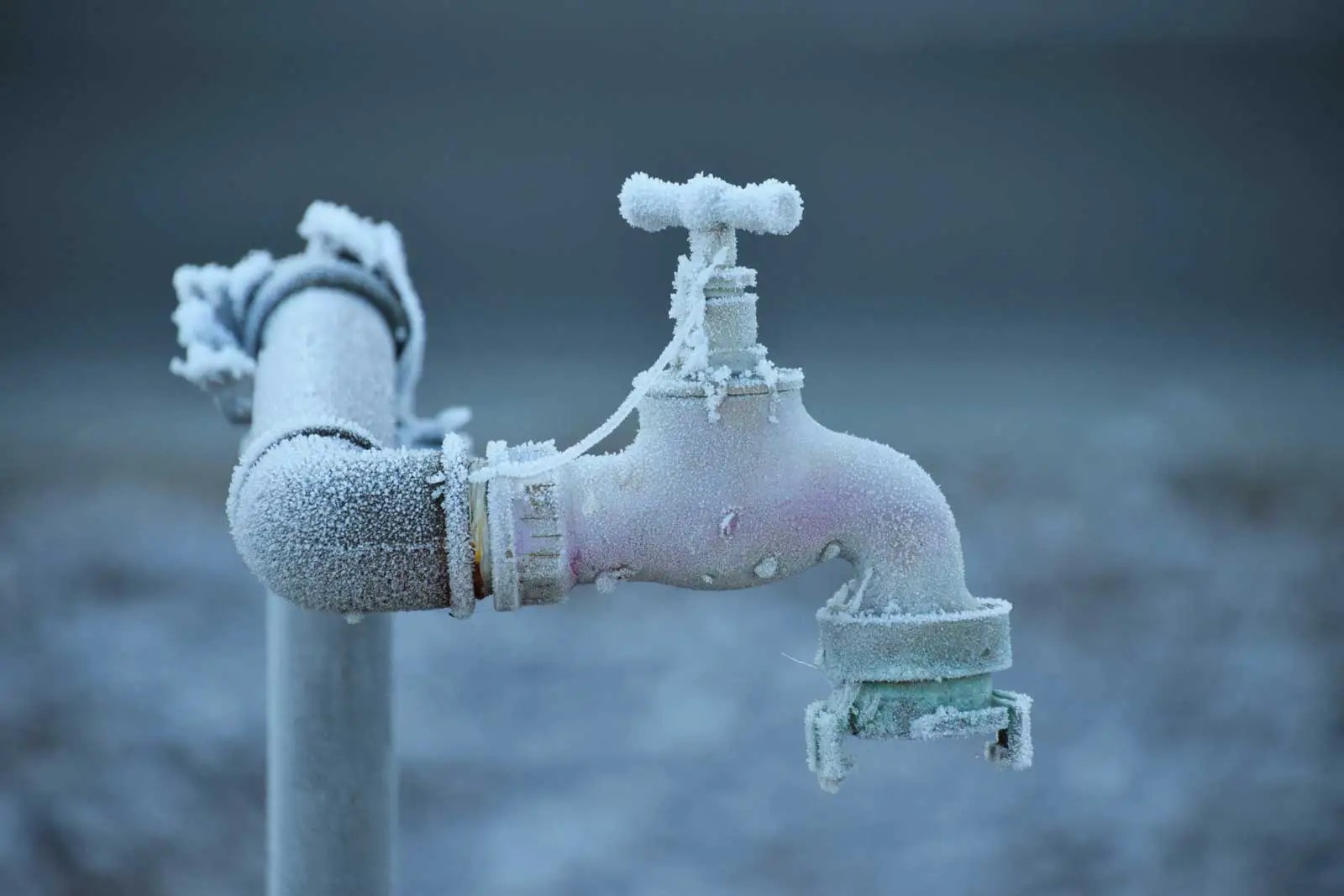
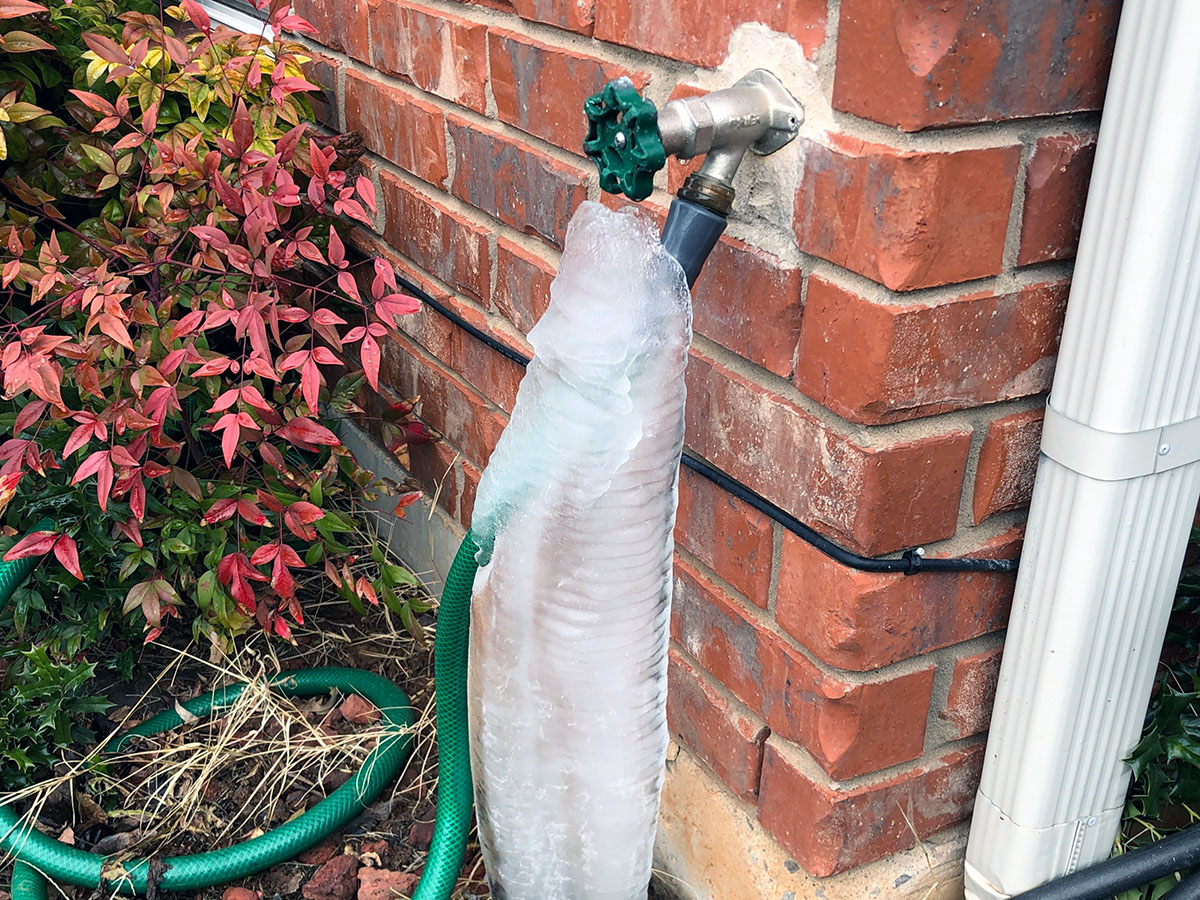
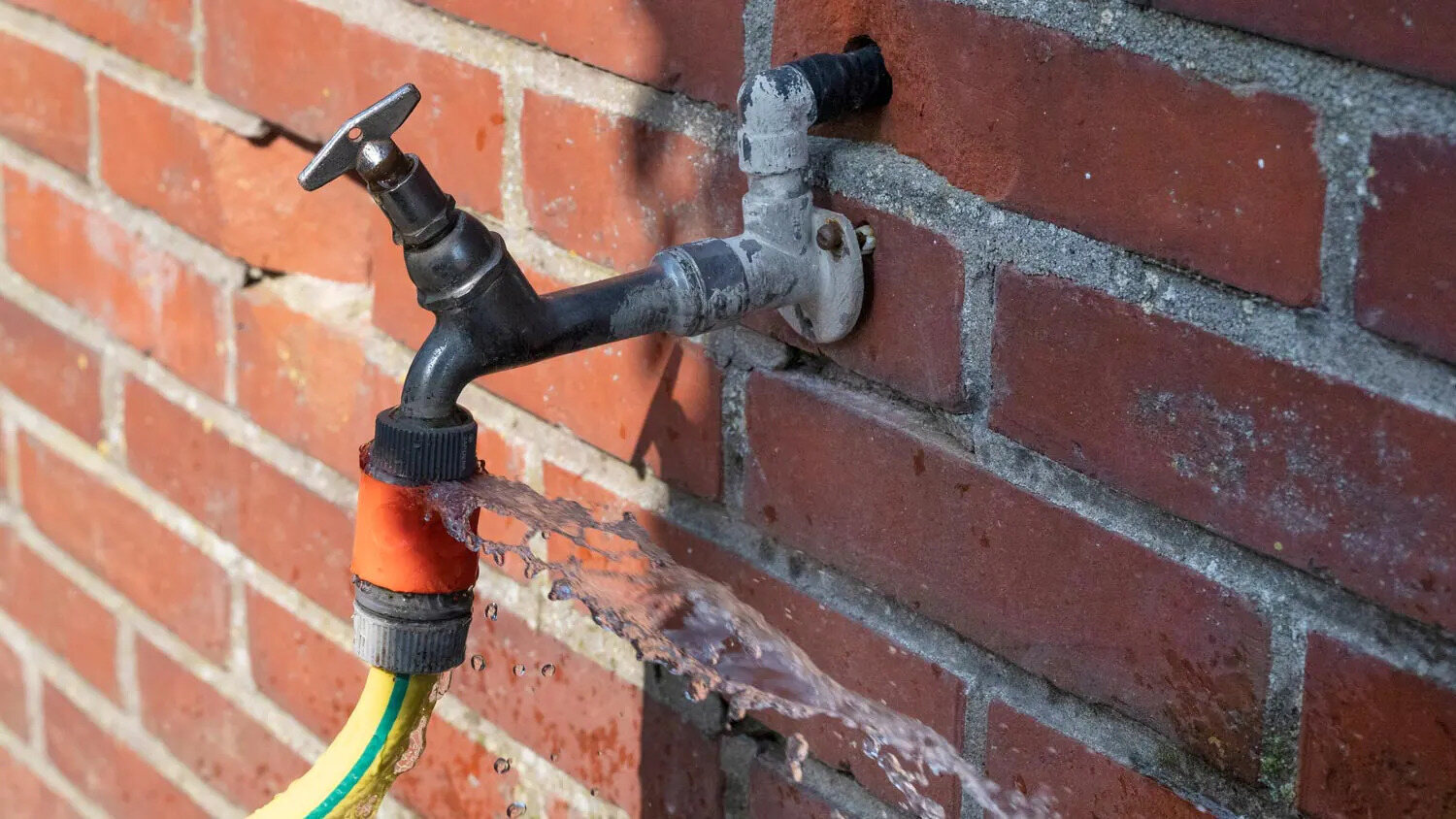
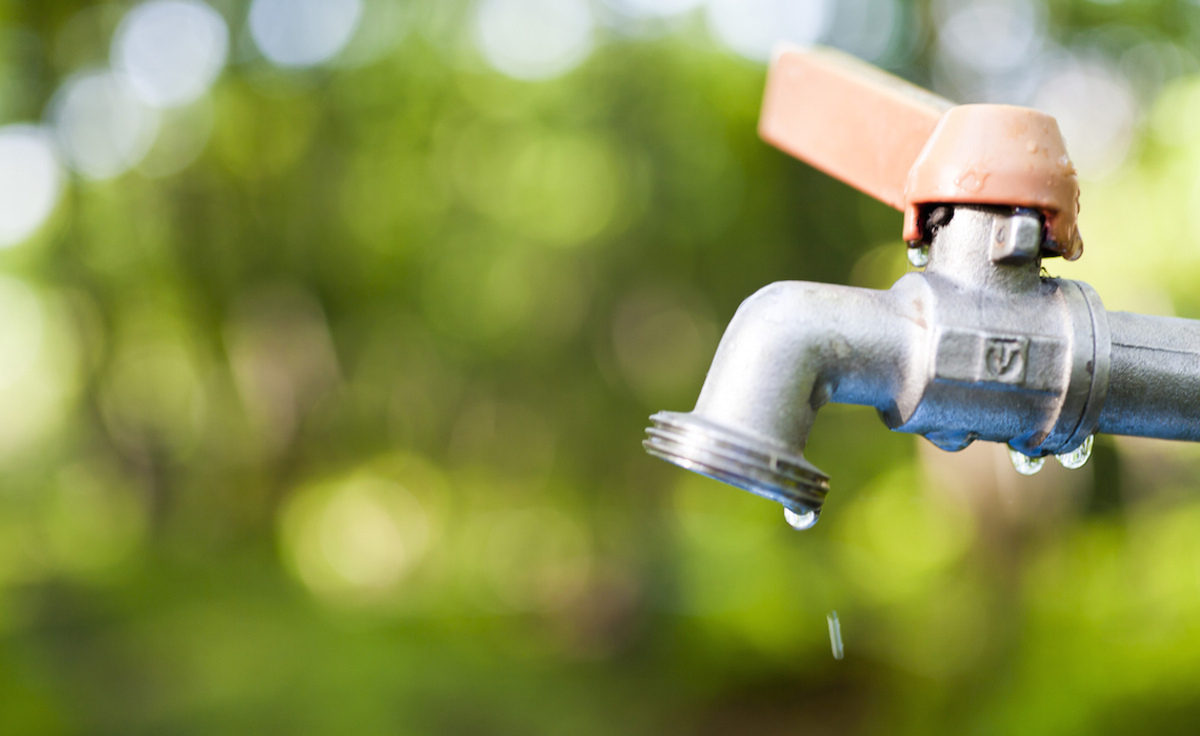
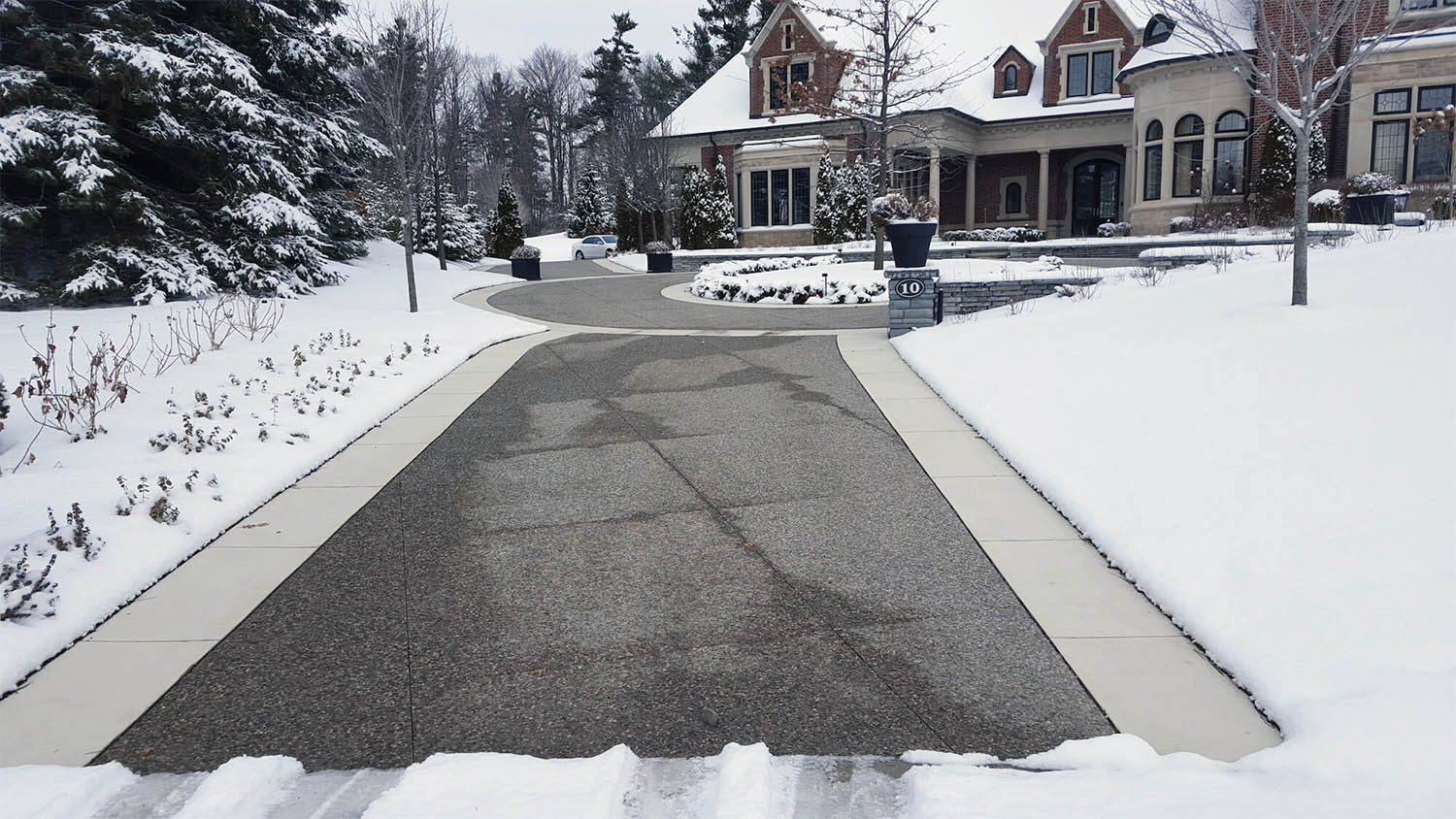
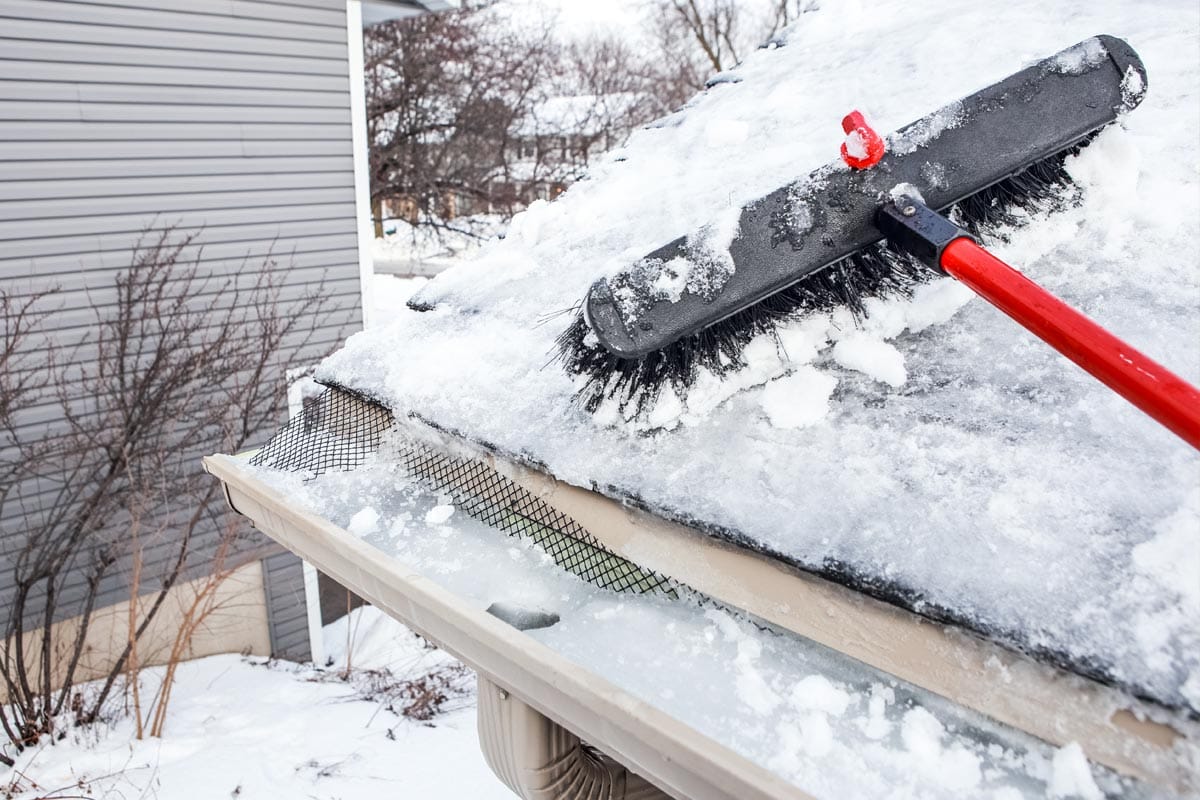

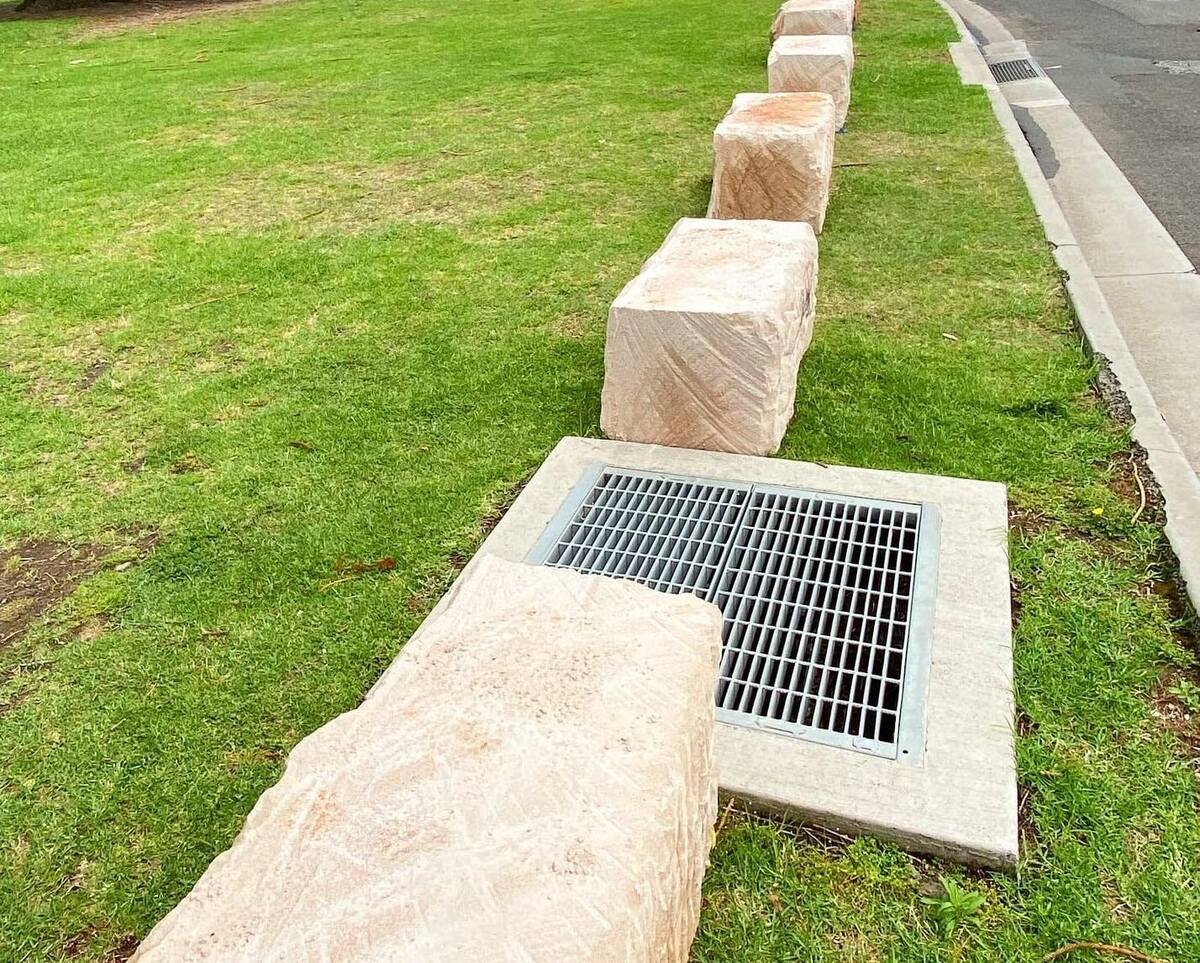
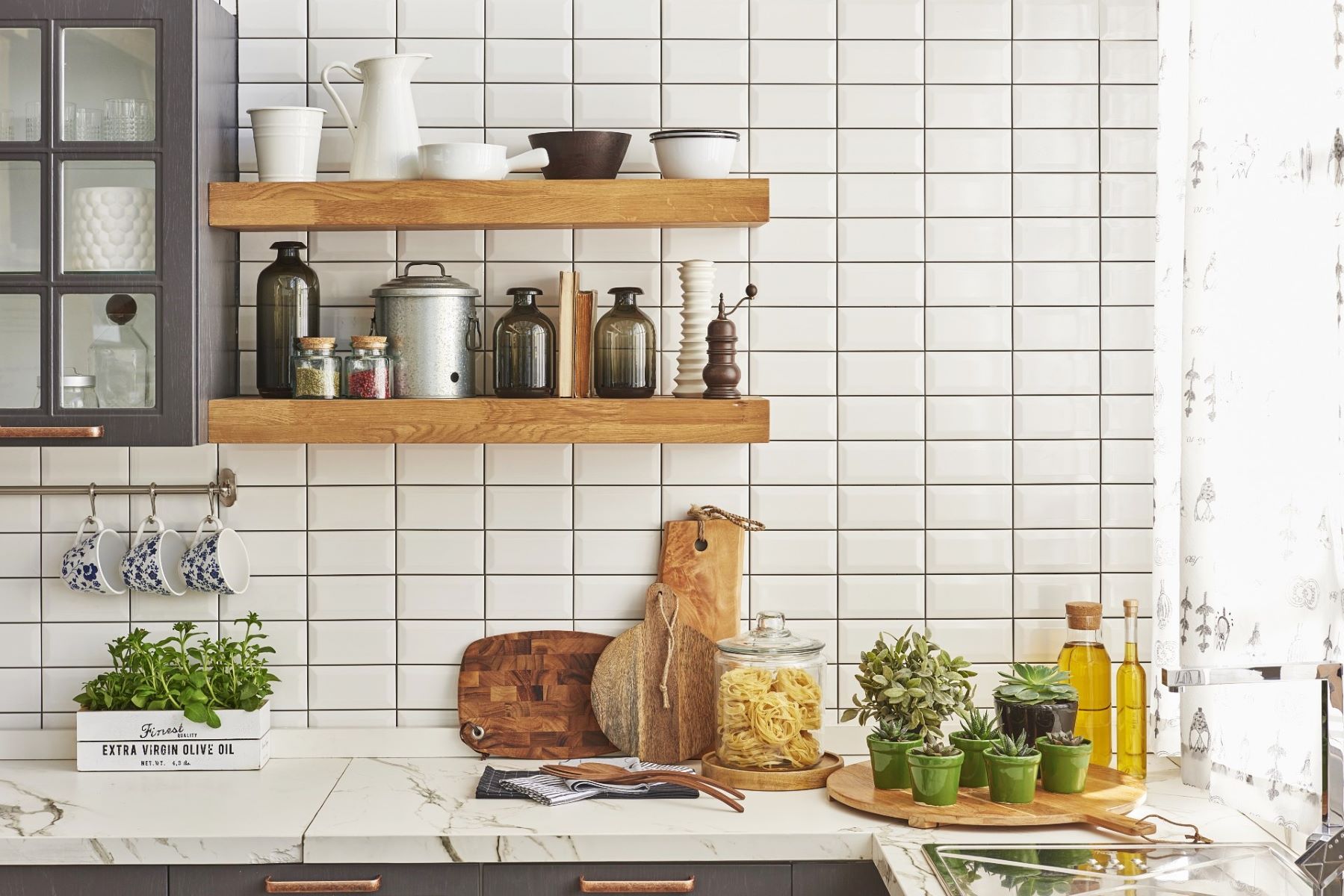

0 thoughts on “How To Protect Outside Faucet From Freezing”